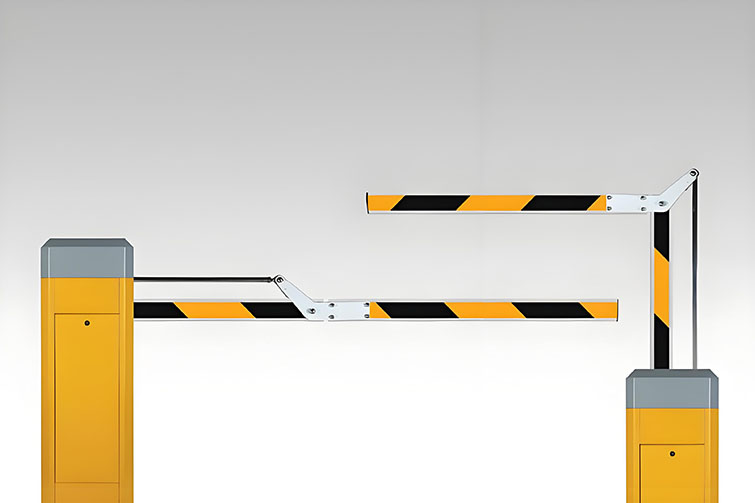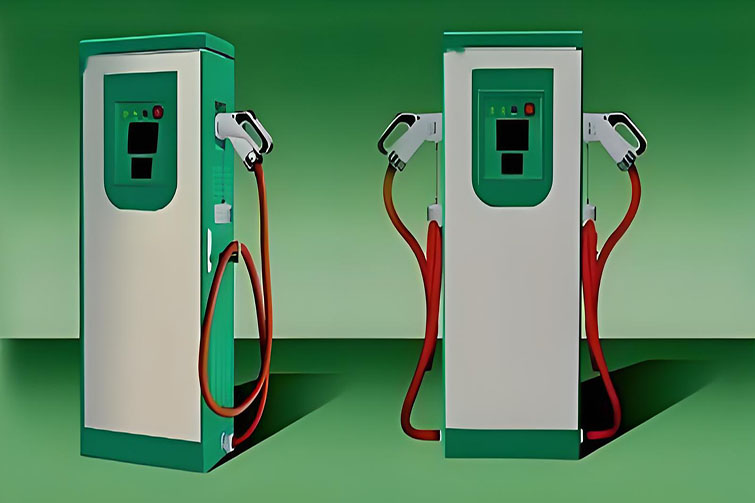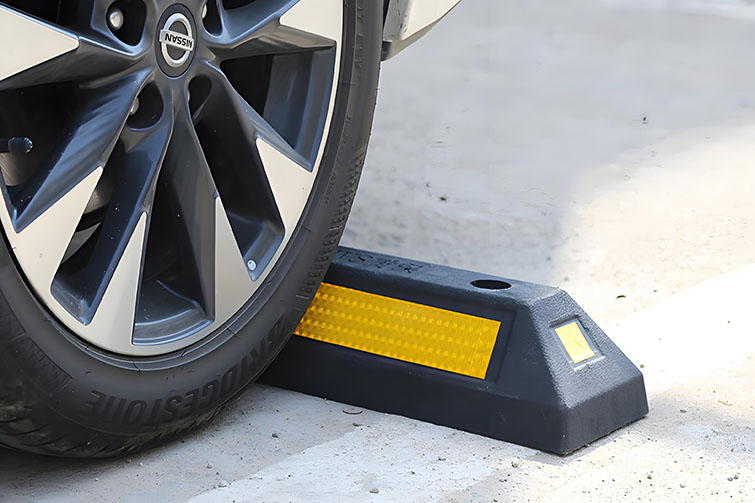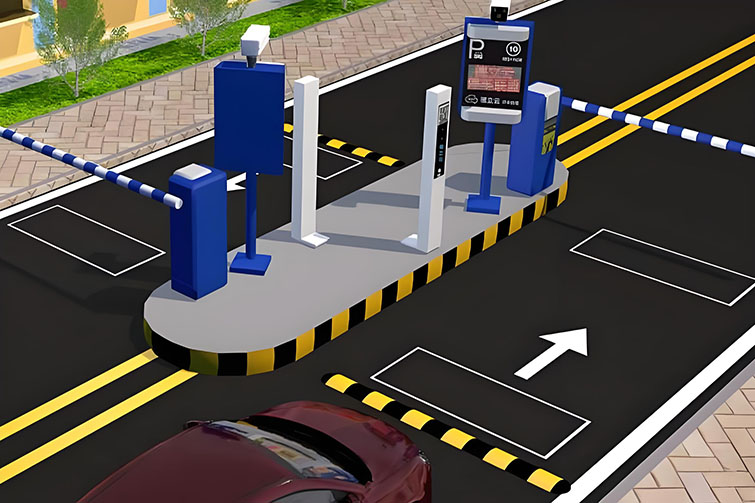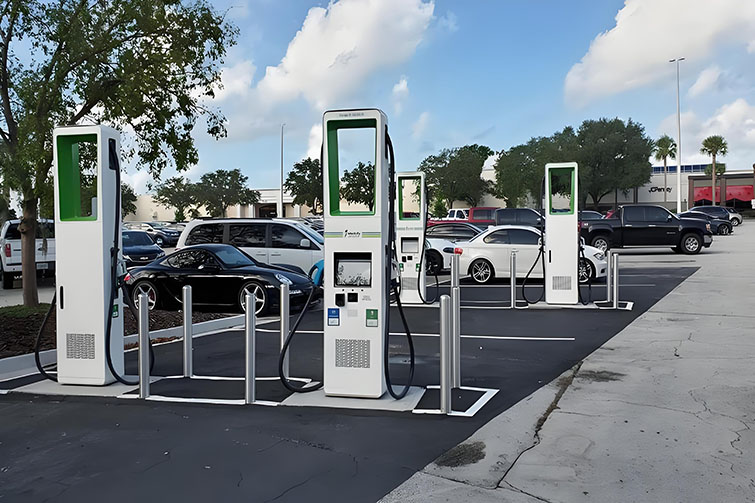
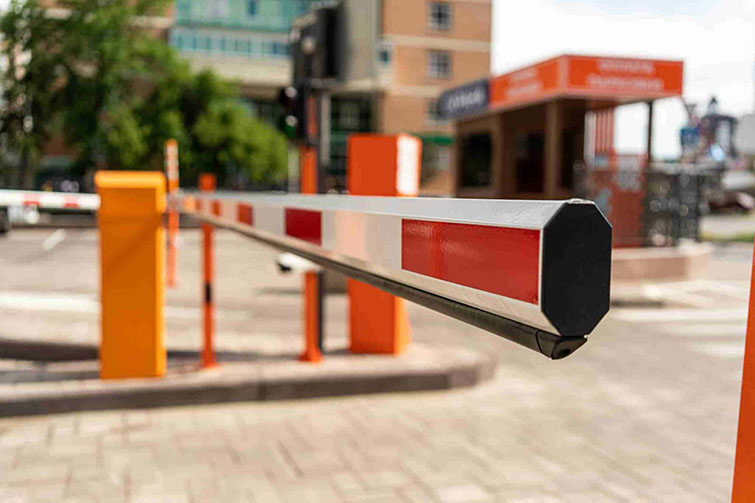
From "Boom" to "Zoom": The Evolution of Parking Road Gate Systems
The parking lot is often the first point of contact between a facility and its visitors, making the efficiency and security of its entry and exit gates crucial to the user experience. Over the years, parking road gate systems have evolved significantly, from the basic manual boom barriers of the past to today’s automated and intelligent parking lot barrier gate solutions.
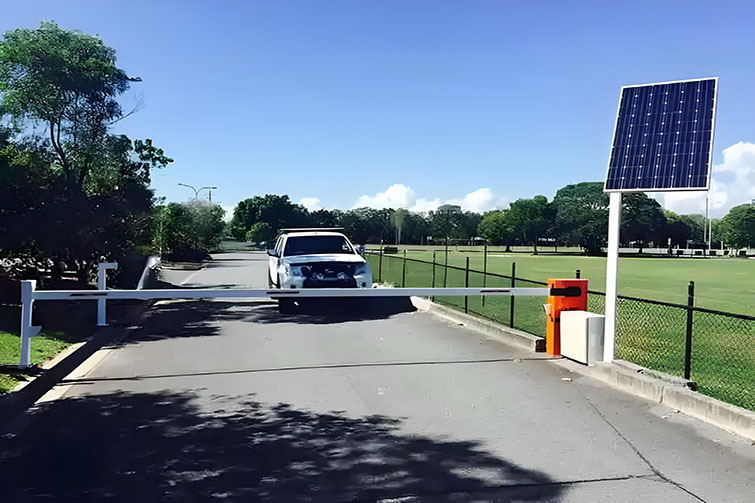
Early Days: The Mechanical Boom Barrier
Traditionally, parking road gate systems were manually operated, requiring a guard or attendant to open and close the barrier. These gates, often referred to simply as ‘road gates’, were straightforward mechanical devices using a pivoted horizontal bar to control vehicle access. While functional, they were labor-intensive and lacked the ability to handle high traffic volumes efficiently.
Technological Advancements: Automation and Integration
As technology progressed, the first significant evolution in these systems was the automation of the boom barrier. This shift marked the beginning of the transition from manual to automated parking solutions, reducing the need for constant human intervention and increasing the speed of vehicle processing at entries and exits.
The Rise of Smart Parking Solutions
Today, the landscape of parking management has been transformed by the integration of smart technologies. Modern parking lot barrier gates are part of comprehensive smart parking solutions that utilize sensors, RFID technology, and digital payment systems to streamline the process of parking lot entry and exit. These systems offer several advantages:
- Enhanced Security: Advanced identification technologies ensure that only authorized vehicles gain entry, significantly improving security.
- Increased Efficiency: Automated entry and exit reduce waiting times and congestion, even during peak hours.
- Data Collection: Smart parking systems gather data on vehicle flow and usage patterns, allowing for optimized parking management and planning.
- Cost-Effectiveness: With reduced manpower requirements and improved turnover rates, smart parking solutions are not only more efficient but also more cost-effective in the long run.
Future Directions: AI and IoT Integration
The future of parking road gate systems looks even more promising with the potential integration of Artificial Intelligence (AI) and the Internet of Things (IoT). AI can further enhance decision-making processes, predict parking trends, and even dynamically adjust pricing based on real-time data. IoT, on the other hand, allows for a more interconnected and responsive system, improving user experience through mobile apps and automated alerts.
Conclusion:
The evolution of parking road gate systems from manual boom barriers to automated and intelligent solutions reflects broader trends in technology and management. These advances have not only transformed how parking lots operate but have also set the stage for a future where parking is seamless, secure, and efficient. As we move forward, the continued integration of technology will undoubtedly redefine our approach to parking management, making it smarter and more adaptable to the needs of modern cities.


